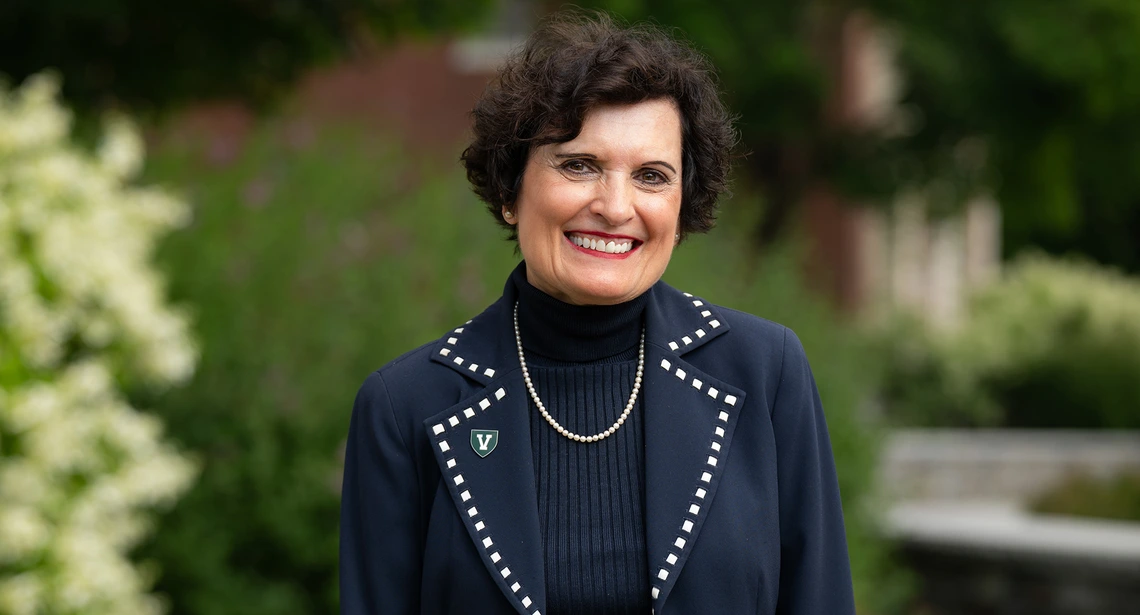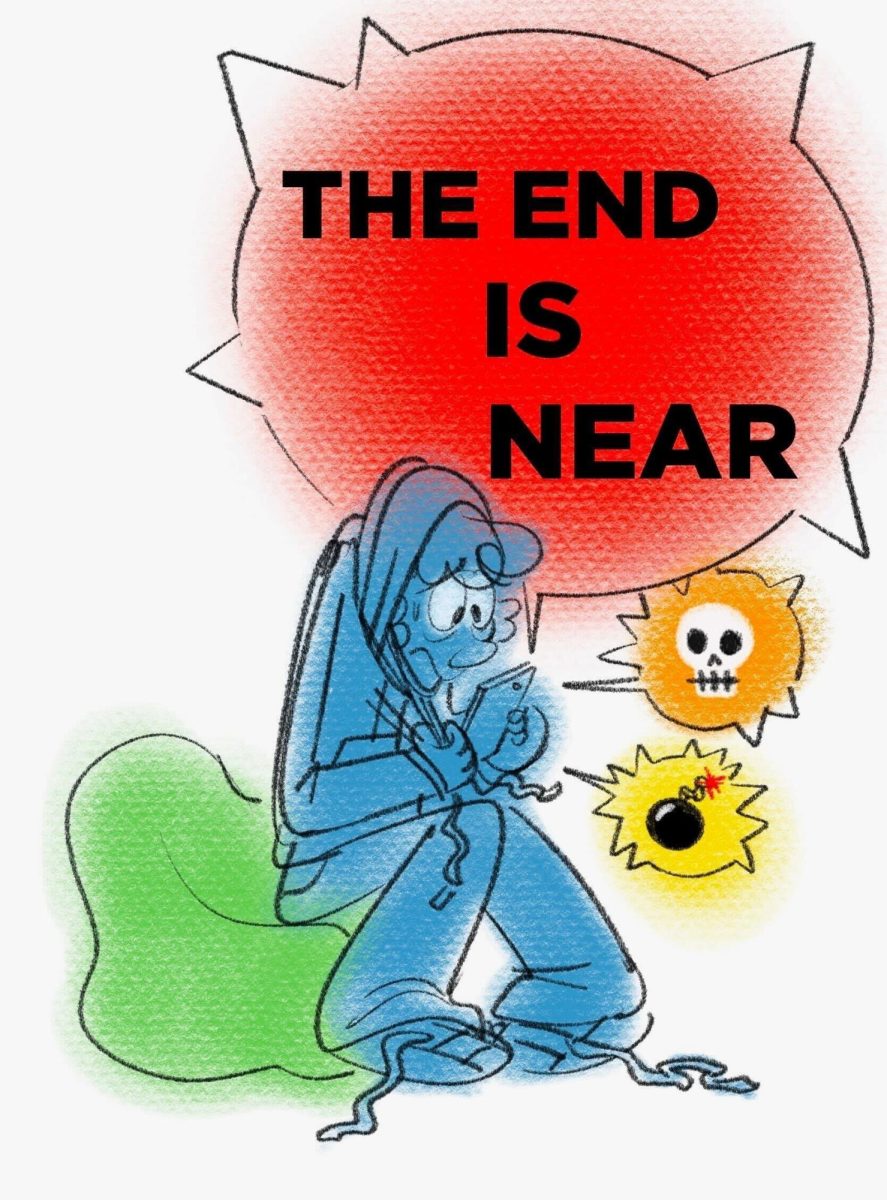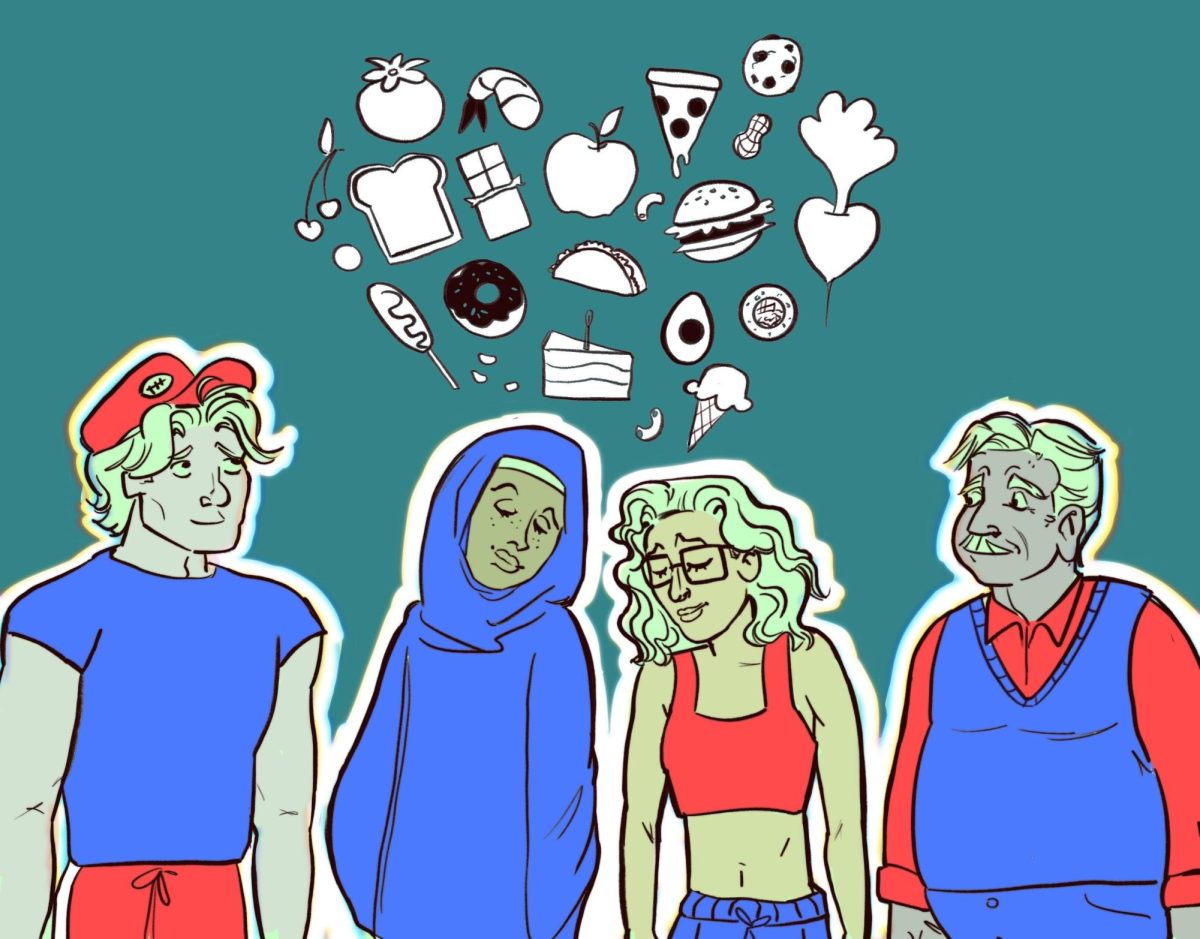Thursday marks the last lecture on a bold statement of human triumph over a beast many times our ancestors’ size.
The Arizona State Museum has on display the remains of a more than 10,000-year-old mammoth, one of many facets of the Ice Age Arizona exhibit in the museum, which opened at the beginning of the month.
“”Ice Age Arizona”” also features spearheads from the Clovis people, the first humans to enter North America, as well as photography based around the anthropological works of Emil Haury, from whom the Haury Anthropology building on campus derives its name.
“”Haury is the grandfather of anthropology here,”” said Jesse Ballenger, an anthropology doctoral candidate whose dissertation topic is the Naco site, where the mammoth was found. “”He went down to the Naco site in 1951 and in the period of five days uncovered this entire mammoth.””
The Naco mammoth site is especially important because it represents some of the strongest anthropological evidence of early interactions between mammoths and humans.
A former director of the Arizona State Museum, Haury was a pioneer in the excavation of the Naco site, starting a wave of excavation of archeological sites of the Clovis people, especially in Arizona.
After exploration, the area between Sierra Vista and Naco, Ariz., has been found to have the densest concentration of mammoth kill sites in the world. However, further exploration of the site has been halted by the owners of the private land on which the Naco site is zoned.
“”Beyond the fact that it is historically important to Arizona, it’s important to science because in the 60 years since we found that, we haven’t found another example like it,”” Ballenger said. “”It’s so rare that we find the evidence so perfectly preserved,”” he said of the mammoth parts, which were unchanged from when they were first excavated, a practice that some modern archaeologists have abandoned.
Research on places like the Naco site has been supported by the Argonaunt Archaeology Research Fund, established by Joe Kramer, a renowned archaeologist, and his wife Ruth. Around that time Vance Holliday, a professor of anthropology and geosciences, was brought into replace C. Vance Haynes in the anthropology department.
“”It’s a combination of archaeology and the history of the anthropology as well as a big moment in the history of the UA,”” Holliday said. “”It’s a really neat little snapshot of a moment in time 13,000 years ago. It’s certainly worth seeing for that reason.””
Most of the programs for student attendees are full, according to Darlene Lizarraga, marketing director for the Arizona State Museum.
“”But there is plenty for students to come and learn,”” Lizarraga said.
Holliday noted the unusualness of the exhibit as well.
“”It’s the only place I know of certainly anywhere in the southwest, but it’s about the only exhibit where you can see the real mammoth bones and related artifacts,”” he said. “”I don’t know of anything like that, anywhere else.””







